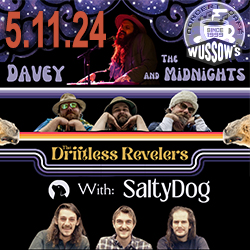Fukushima’s Potential Fallout for North America
This is from the Norwegian Institute for Air Research for April 14 through 18. You can adjust the model to run for radioactive Iodine, Cessium, etc. Here. There is no “safe” dose of radiation, according to Dr. Helen Caldicott
Recommended Links:
Leave a Comment
Only registered members can post a comment , Login / Register Here













28 Comments
Nodnetni
about 13 years agoRougement
about 13 years agopH
about 13 years agoJohn LaForge
about 13 years agoozone bhaguan
about 13 years agoozone bhaguan
about 13 years agoPune
about 13 years agoGerman Chris
about 13 years agoLufthansa
about 13 years agoLMR
about 13 years agoGerman Chris
about 13 years agopH
about 13 years agoLMR
about 13 years agozra
about 13 years agoDj mouse
about 13 years agoDave Sorensen
about 13 years agosecretseasons
about 13 years agoDj mouse
about 13 years agoDj mouse
about 13 years agoDj mouse
about 13 years agoBeastOfBurden
about 13 years agoDave Sorensen
about 13 years agosecretseasons
about 13 years agoDave Sorensen
about 13 years agoTimK
about 13 years agosecretseasons
about 13 years agoDave Sorensen
about 13 years agoDave Sorensen
about 13 years ago